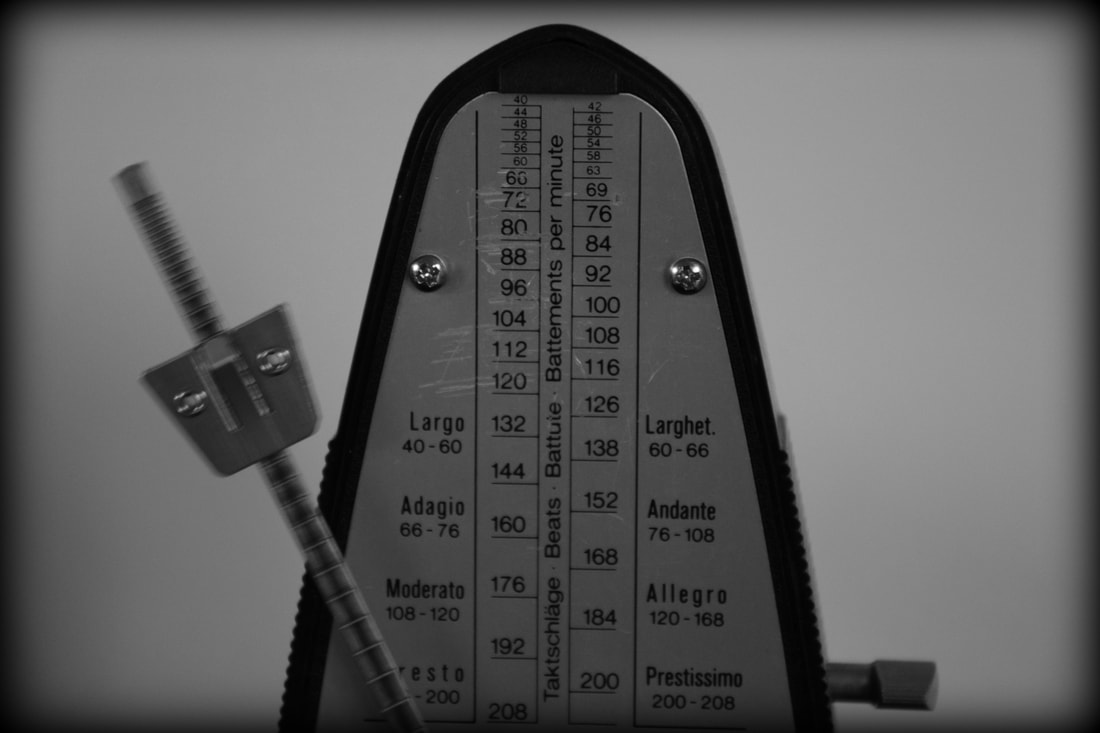|
Metronomes can be a valuable tool for pianists, helping to develop a sense of rhythm and timing. However, like any tool, metronomes should be used properly in order to be effective. In this blog post, we'll explore the do's and don't's of effective metronome usage.
1. Use a Metronome to Build Timing Skills One of the most important benefits of using a metronome is that it can help you develop a strong sense of rhythm and timing. To do this, start by setting the metronome to a slow tempo and practice playing along with it, focusing on keeping a steady beat. As you become more comfortable, gradually increase the tempo. 2. Use the Metronome to Build Technical Skills In addition to building timing skills, a metronome can also be used to build technical skills. For example, you can use it to practice scales, arpeggios, and other exercises at a consistent tempo, which can help you develop evenness and consistency in your playing. 3. Use the Metronome to Build Speed Another benefit of using a metronome is that it can help you build speed in your playing. To do this, start by setting the metronome to a slow tempo and practice playing a passage of music at that tempo until you can play it cleanly and accurately. Once you've mastered that tempo, gradually increase the tempo and repeat the process until you can play the passage at your desired speed. This can help you build speed gradually and avoid developing bad habits or tension in your playing.
0 Comments
Your comment will be posted after it is approved.
Leave a Reply. |
AuthorJodi Ann Russell, Ed.D., M.M., B.M., N.C.T.M. brings a warm emphasis on mindfulness, relaxation, creativity and technique in personalized piano lessons and master classes Archives
July 2024
Categories |


 RSS Feed
RSS Feed